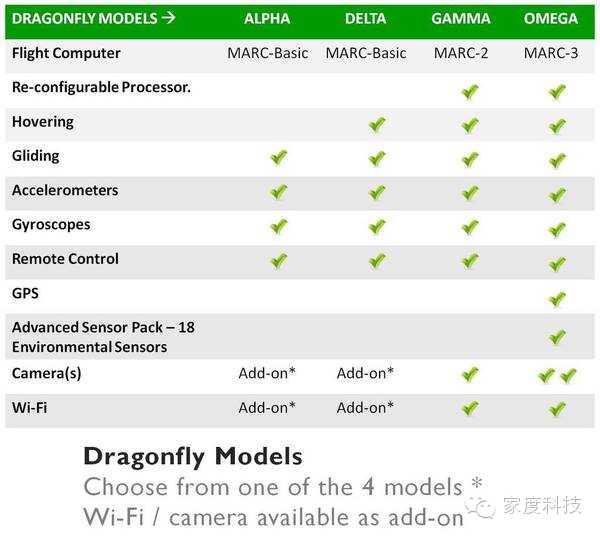Dragonfly Drone Flapping Wing Drone
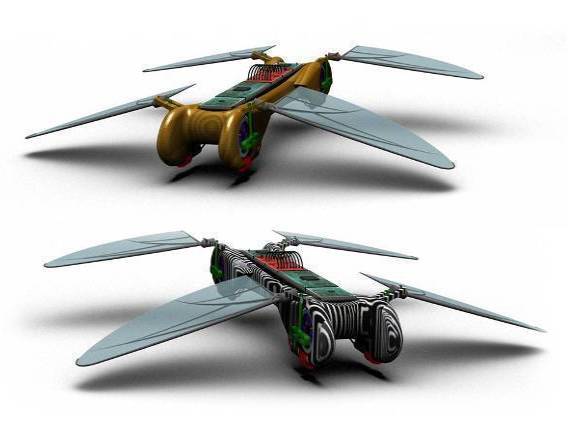
Dragonflies are flying masters among insects. Dragonflies have thin and light wings, with front and rear wings on the left and right sides. The weight is very light, but they can vibrate 30 to 50 times per second. Dragonfly is very flexible to fly. It can not only fly fast, change direction and altitude quickly, but also glide slowly at a certain height, or float in mid-air, or even fly upside down, sideways, straight up and down. Do whatever you want, even the most modern aircraft is far less than the dragon's flying skills.
Dragonfly was developed by TechJect, a company founded by Jayant Ratti and Emanuel Jones. The company had received US$1 million in funding from the US Air Force. Dragonfly weighs only 28 grams and can be carried around. It can also be equipped with a camera, which can be viewed through the mobile terminal, which facilitates the understanding of the investigation situation. In addition, the simulated insect shape makes it difficult to distinguish it from real insects. It can also quickly switch from hovering mode to flight mode to complete complex aviation missions. These characteristics of it are completely consistent with the positioning of the reconnaissance aircraft. This is why the US Air Force funded it.
Robot Dragonfly is a flapping-wing UAV. It not only has good maneuverability and stability, but its wing structure also allows it to move like a real dragonfly.
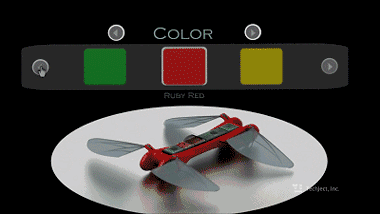 The Robot Dragonfly drone adopts the aerodynamic resonance principle. When the air density, wing speed and body weight are perfectly balanced, the drone wings flapping is the most efficient. At this time, the flapping of the wings will produce a cyclone, so that there is no Man-machine flying or making various actions, and the sound is similar to the buzzing of bees.
The Robot Dragonfly drone adopts the aerodynamic resonance principle. When the air density, wing speed and body weight are perfectly balanced, the drone wings flapping is the most efficient. At this time, the flapping of the wings will produce a cyclone, so that there is no Man-machine flying or making various actions, and the sound is similar to the buzzing of bees.
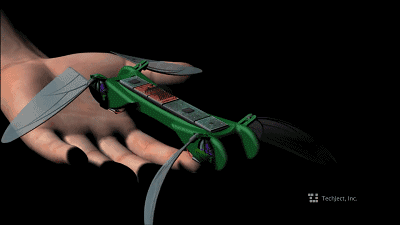 In addition to flying, Robot Dragonfly is also equipped with MARC Basic flight controllers, sensors, cameras and a GPS system, etc., and relies on lithium polymer batteries for power. This means that it can perform aerial photography, aerial reconnaissance, surveillance, etc. Users can control by mobile phone or tablet through WiFi connection.
In addition to flying, Robot Dragonfly is also equipped with MARC Basic flight controllers, sensors, cameras and a GPS system, etc., and relies on lithium polymer batteries for power. This means that it can perform aerial photography, aerial reconnaissance, surveillance, etc. Users can control by mobile phone or tablet through WiFi connection.
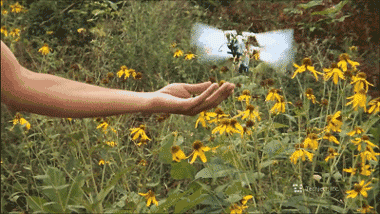 Robot Dragonfly drones are not as big as human palms. The light and compact "body" allows it to fly and hover like a real dragonfly, or levitate in the air to make various complex movements. The speed of the drone can reach 35 miles per hour, compared with other drones, not only faster, but also more flexible.
Robot Dragonfly drones are not as big as human palms. The light and compact "body" allows it to fly and hover like a real dragonfly, or levitate in the air to make various complex movements. The speed of the drone can reach 35 miles per hour, compared with other drones, not only faster, but also more flexible.
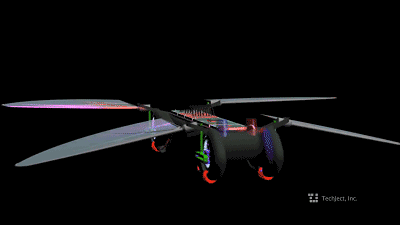 Robot Dragonfly is modular, and all parts on the drone, brakes, wings, fuselage shell, etc. can be freely replaced. This drone is also equipped with a software development kit, users can even develop various applications on their own to make the drone more comprehensive.
Robot Dragonfly is modular, and all parts on the drone, brakes, wings, fuselage shell, etc. can be freely replaced. This drone is also equipped with a software development kit, users can even develop various applications on their own to make the drone more comprehensive.
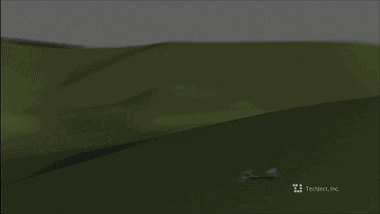 Crowdfunding prices for Robot Dragonfly drones start at $99 (approximately RMB 652).
User group
According to the differences in needs and processes, Robot Dragonfly is divided into 4 different types of design: ALPHA series, DELTA series, GAMMA series, OMEGA series.
Crowdfunding prices for Robot Dragonfly drones start at $99 (approximately RMB 652).
User group
According to the differences in needs and processes, Robot Dragonfly is divided into 4 different types of design: ALPHA series, DELTA series, GAMMA series, OMEGA series.
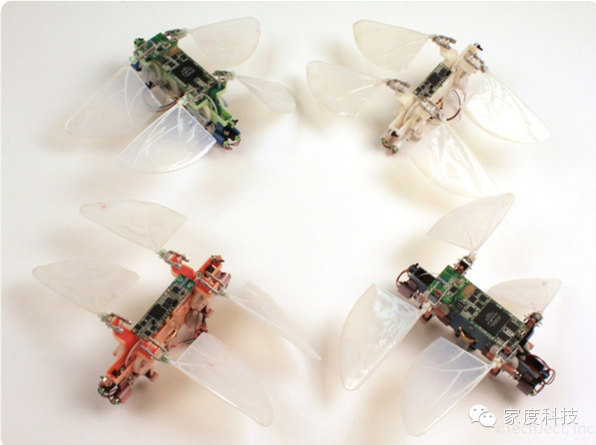 The following compares the advantages and disadvantages of the four aircraft:
1. Robot Dragonfly's ALPHA series
The characteristics of the ALPHA series are small and simple. Mainly recommended to the developer crowd.
The following compares the advantages and disadvantages of the four aircraft:
1. Robot Dragonfly's ALPHA series
The characteristics of the ALPHA series are small and simple. Mainly recommended to the developer crowd.
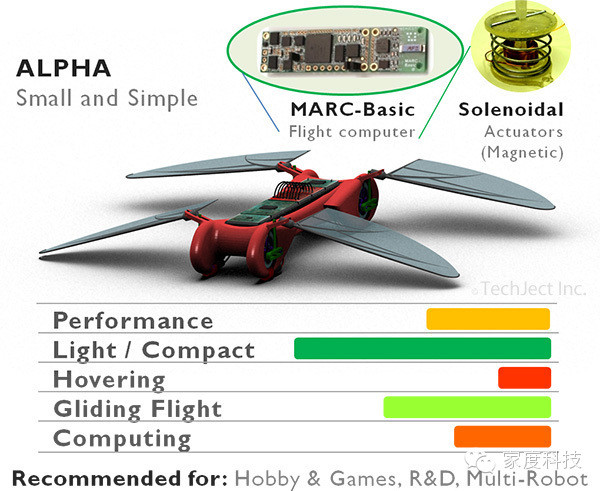 2. DELTA series of Robot Dragonfly
The DELTA series is characterized by robustness and agility, and is mainly recommended to the aerial photography crowd.
2. DELTA series of Robot Dragonfly
The DELTA series is characterized by robustness and agility, and is mainly recommended to the aerial photography crowd.
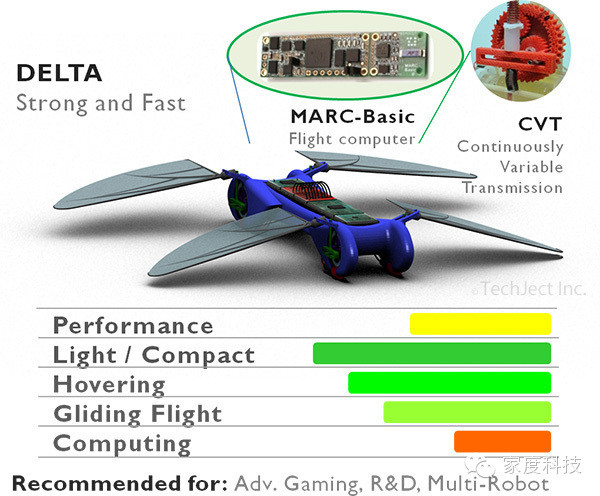 3. Robot Dragonfly's GAMMA series
The DELTA series is characterized by versatility and flexible configuration, mainly recommended to the programmable developer population
3. Robot Dragonfly's GAMMA series
The DELTA series is characterized by versatility and flexible configuration, mainly recommended to the programmable developer population
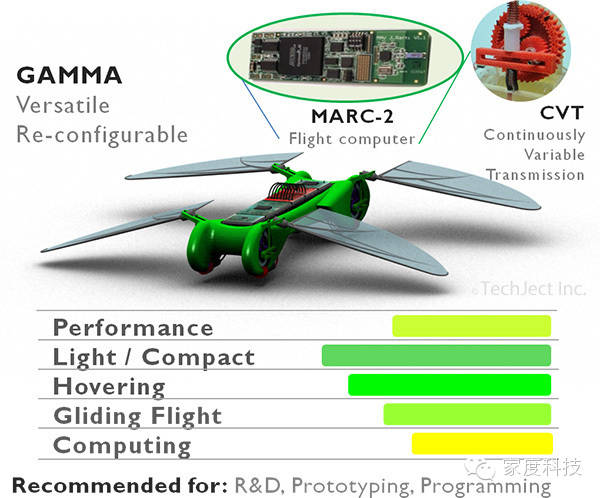 4. Robot Dragonfly's OMEGA series
The characteristic of OMEGA series is "armed to teeth", mainly recommended for indoor/outdoor aerial photography crowd.
4. Robot Dragonfly's OMEGA series
The characteristic of OMEGA series is "armed to teeth", mainly recommended for indoor/outdoor aerial photography crowd.
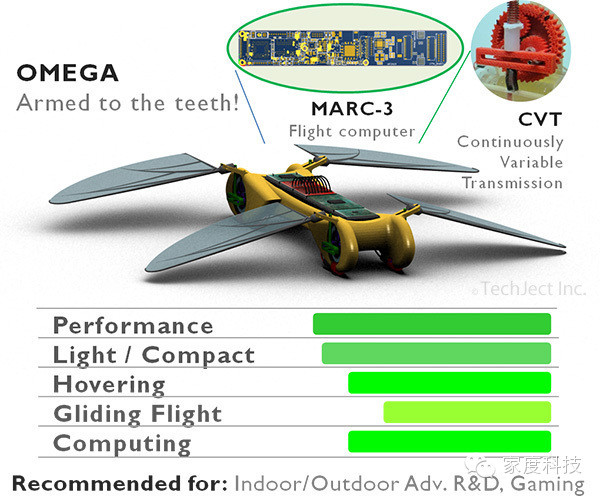
Comparing the above four types of cost performance as follows:
